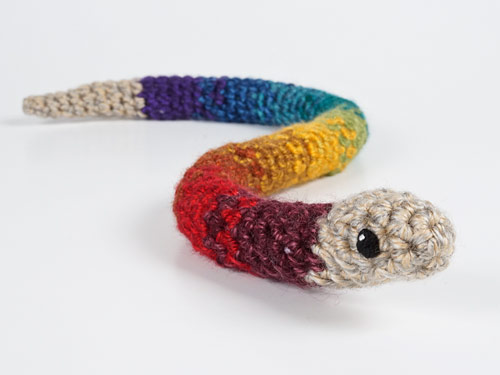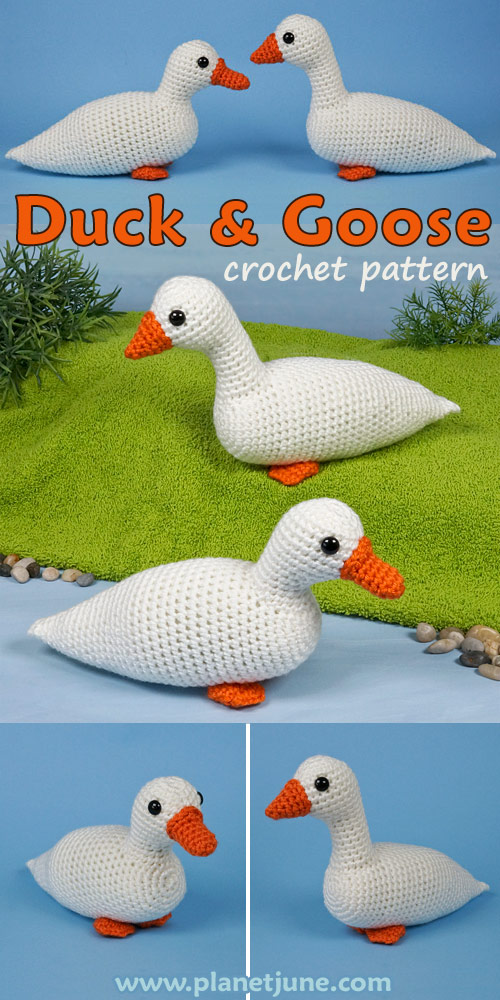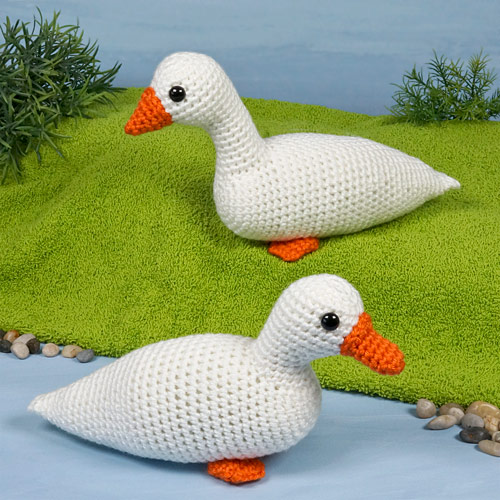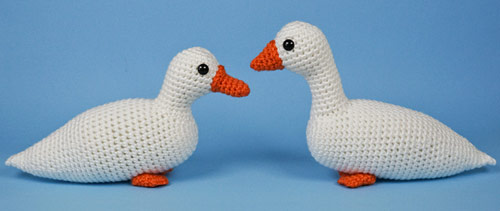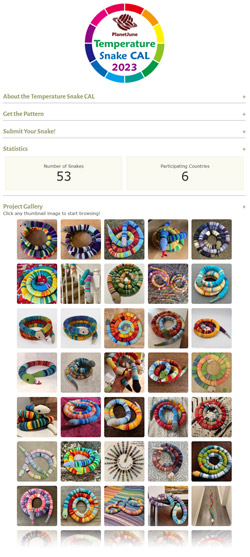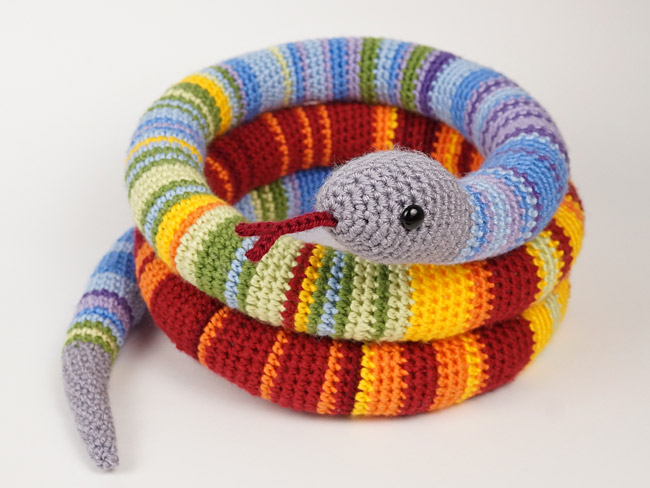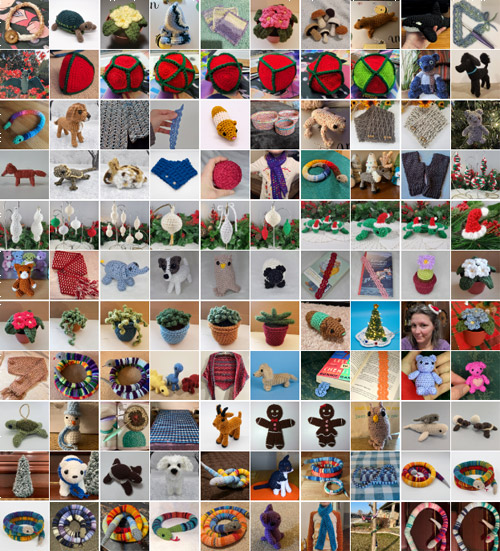Strawberry Plant crochet pattern
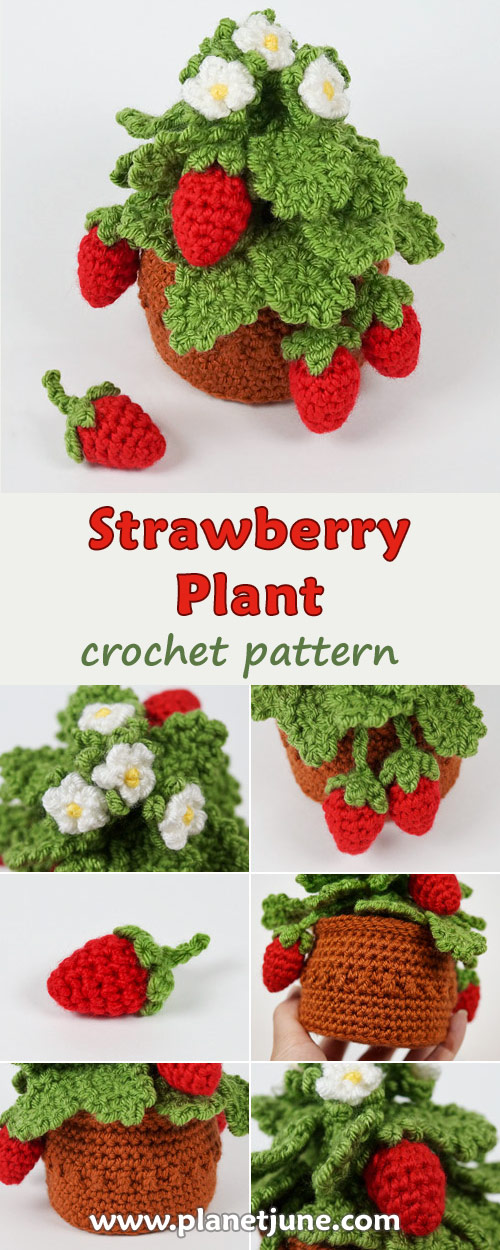
It’s time for a new classic PlanetJune potted plant pattern! Perfect for the summer season – or adding the feel of summer at any time of year – my realistic Strawberry Plant crochet pattern makes a lovely ornamental piece, with its distinctive leaves, delicate white flowers and plump bright red berries.
 Don’t you just want to reach out and pick one of these juicy strawberries?!
Don’t you just want to reach out and pick one of these juicy strawberries?!
About the Design
For this strawberry plant, I was looking to create a simplified design with just the right amount of realism in a compact, well-balanced arrangement. The pot has a stylish textured band, and a new style of decorative edging that keeps the top edge of the pot nice and straight.
This pattern also includes bonus instructions for making adorable individual strawberries – perfect as play food, or to make into a cute keychain.
Pattern Details
I’ve put a lot of thought into making this pattern both easy and enjoyable for you to crochet. While it includes multiple pieces – pot, leaves, flowers, and berries – I’ve carefully designed it to minimise both the number of pieces and the amount of finishing needed:
- The elements are strategically positioned to give a full and balanced composition without requiring too many pieces.
- Each triple leaf is crocheted as a single piece, making the process a lot faster than you’d think!
- My instructions include the easiest methods to hide the yarn ends as you go and assemble the plant with minimal sewing.
- The complete pattern includes 13 pages, with detailed step-by-step photos for each element and clear diagrams for the final assembly.
I’ve also stuck to my usual design principles: the pattern requires no wires for support, and no tiny hooks or crochet thread. All you need is your usual worsted weight yarn, an E (3.5mm) hook, and some stuffing, and you’ll be ready to create a beautiful, realistic strawberry plant!
Bonus Tutorial: Amigurumi Double Ring
I’ve made a new photo tutorial (for right- and left-handers, of course) to accompany this pattern: the double ring for amigurumi. This technique is a more secure version of the magic ring for crocheting in the round.
This is one of those optional techniques that isn’t often necessary, and I don’t usually recommend it because it’s a little slower and more difficult than a standard magic ring. But it’s a useful technique to add to your arsenal for those times when you need a magic ring with extra strength or security, like making tiny strawberry flowers!
Buy your Strawberry Plant Pattern!
Ready to get started? Pick up the Strawberry Plant crochet pattern from my shop right now.
Or, if you’re not ready to make one just yet, add it to your Ravelry queue or favourites so you don’t forget:
A crocheted strawberry plant makes a cheerful and summery decoration, and I hope you’ll enjoy making this pattern. The unique construction is surprisingly satisfying, as all the pieces come together so quickly and easily, with such a pretty result!


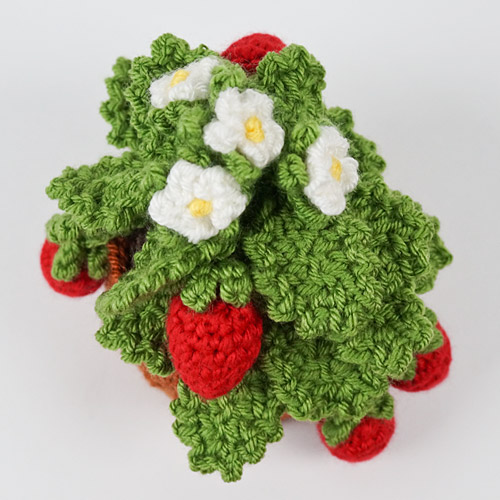
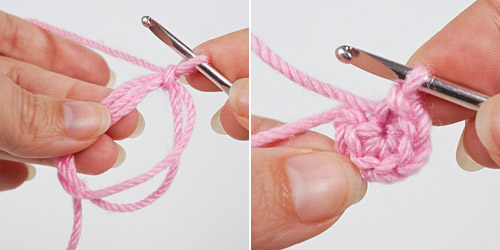
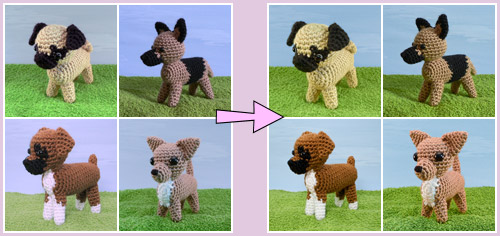 The AmiDogs were the worst offenders – with my old monitor I couldn’t tell that the sky sometimes looked purple or grey! Now they all match 🙂
The AmiDogs were the worst offenders – with my old monitor I couldn’t tell that the sky sometimes looked purple or grey! Now they all match 🙂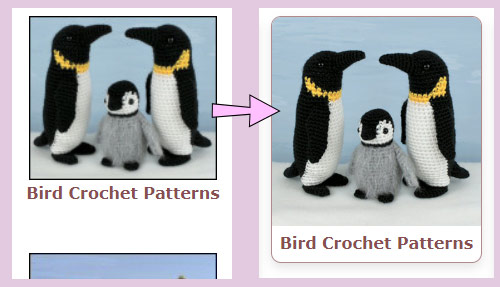 Pick a card, any card…
Pick a card, any card…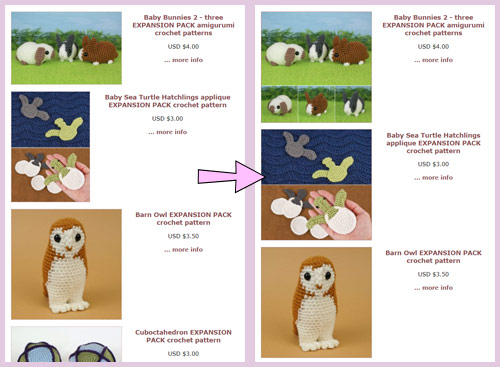 Some images were wide and short, some were tall and narrow – it’s so much cleaner now they’re all squares!
Some images were wide and short, some were tall and narrow – it’s so much cleaner now they’re all squares!

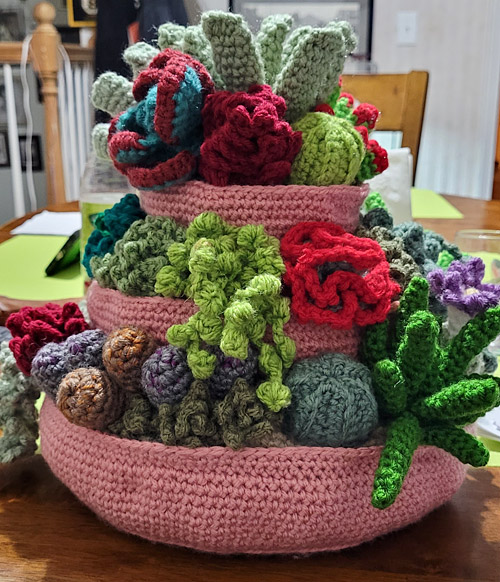
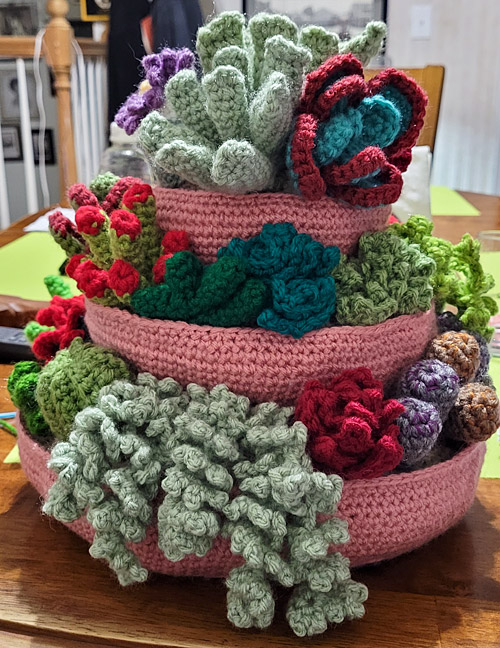

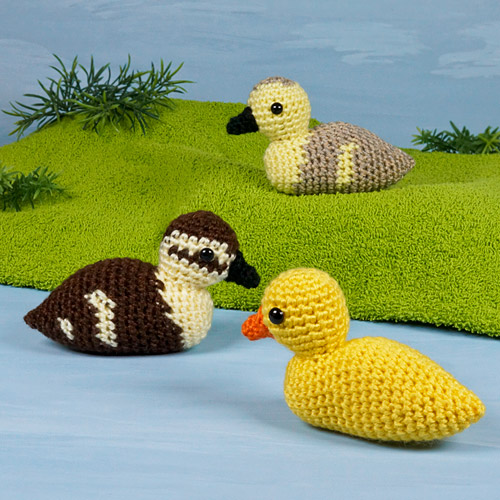
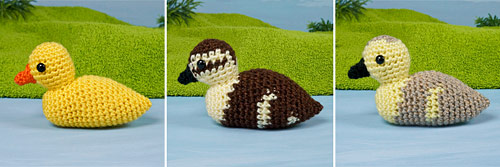
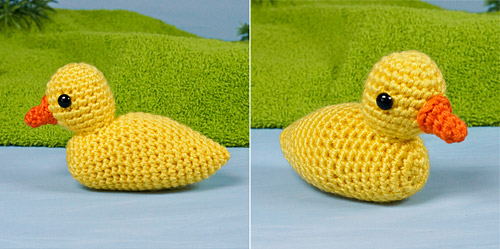

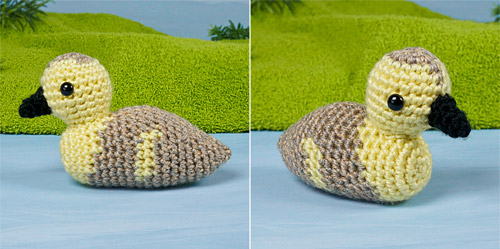
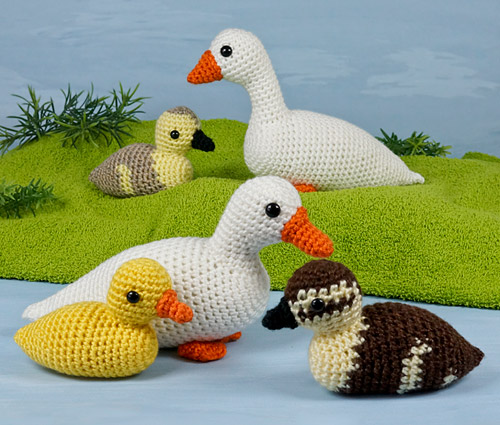
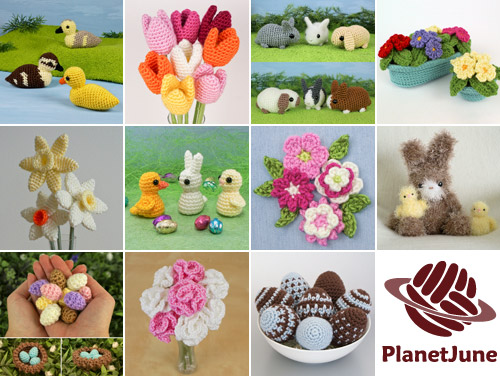
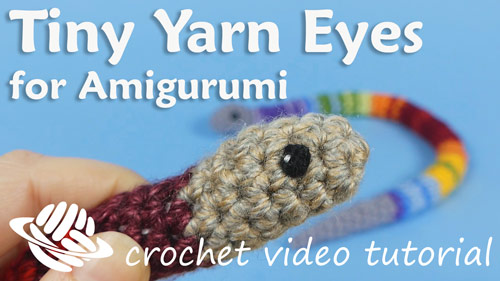
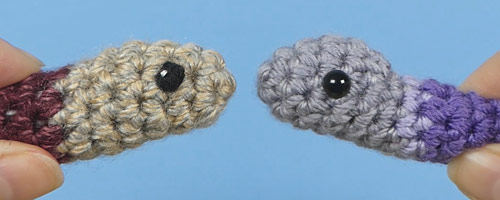 L: tiny yarn eyes, R: plastic eyes
L: tiny yarn eyes, R: plastic eyes